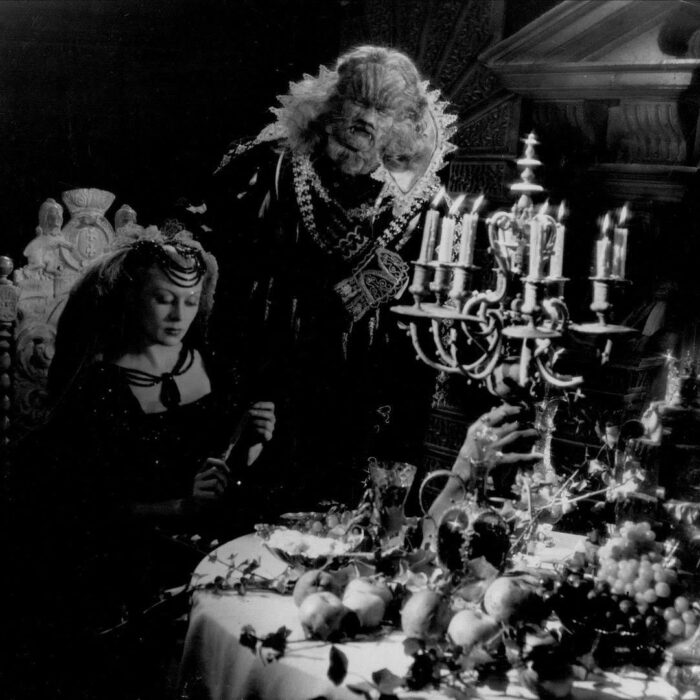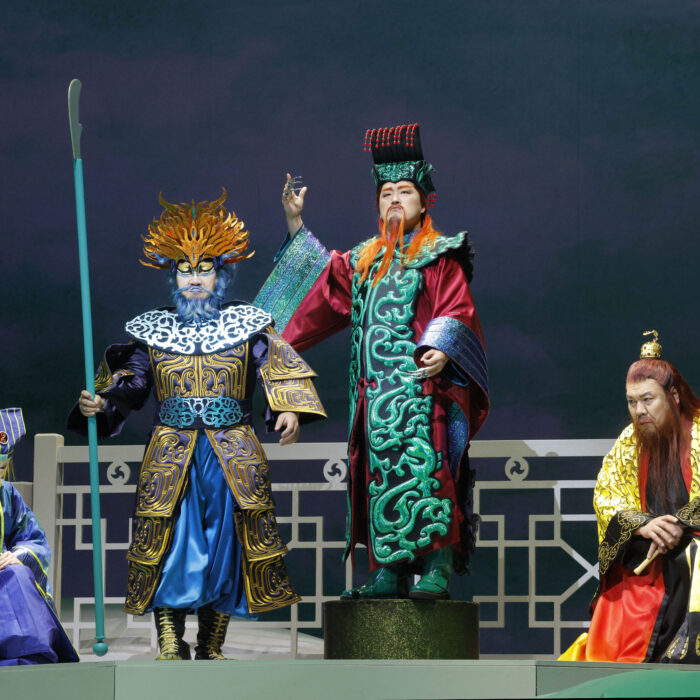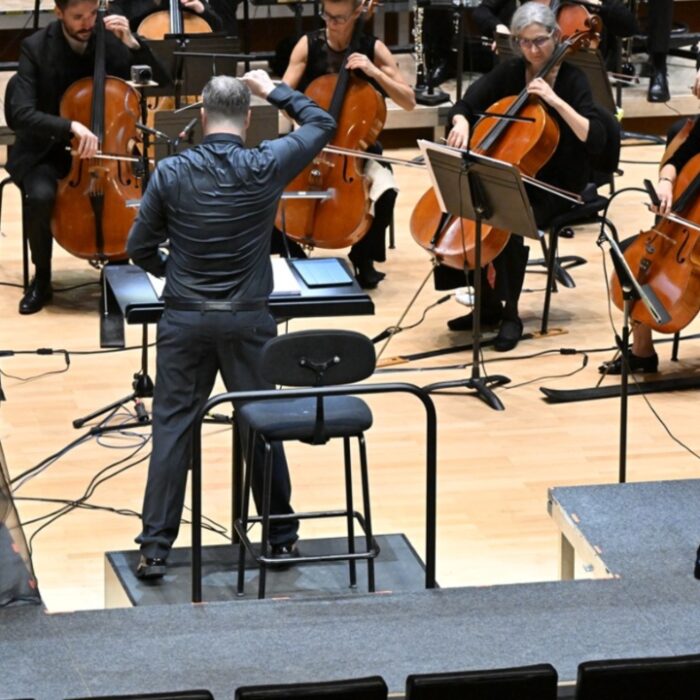
Festival Valle d’Itria 2024 Review: Norma
Fabio Luisi Provides A Silver Lining To An Otherwise Lackluster Performance
By Alan Neilson(Photo: Clarissa Lapolla)
One of the main events at this summer’s Valle D’Itria Festival was a production of Bellini’s oft-performed masterpiece, “Norma.” However, rather than using the traditional Ricordi score, which gained widespread acceptance about 100 years ago, the festival decided to present a new edition by Roger Parker.
The argument for the decision was not to rediscover Bellini’s original intentions or recreate an authentic representation, but rather to take a fresh look at the composer’s original material, uninhibited by the fashions that seemed natural when Riccordi completed its edition. Parker’s work is not a major rewriting of the score, but one peppered with the “insertion of countless small performance directions,” written by Bellini, but in many instances, ones that he was not certain about, “as he seemed to oscillate back and forth between competing versions.” Parker is at pains to stress in his program notes that his edition does not represent a “composer-approved,” definitive version, but “just one further way to configure an ever-mutable score.” The changes, however, with one or two exceptions, would only have been noticeable to someone with a detailed knowledge of the score.
Luisi’s Splendid Interpretation Raises the Spirits
Regardless of the edition being used, this was, however, a lackluster performance that failed to ignite. The singing, although largely acceptable, did little to affect the emotions; the minimalist scenery was bland, relying heavily on the changes in lighting to spark interest; and the director opted for a static presentation in which even the chorus was situated off stage.
The one positive was the conductor, Fabio Luisi’s excellent interpretation. Although he is capable of creating very moving, intense and meticulously crafted readings, there is a tendency, on occasion, for him to suck the life out of a piece of music, such is his fastidious approach, in which precision can be promoted above vitality and emotional expression. Fortunately, this was not the case for his presentation of “Norma,” for which he elicited a beautifully balanced performance from the Orchestra del Teatro Petruzzelli di Bari. While the attention to detail and precision was as expected, he also ensured that the musical arc across each act was neatly constructed to provide a unifying quality with a pleasing forward momentum. Both the pace and rhythm were carefully modulated to promote the tensions of the slow-moving drama and were always kept closely aligned with the onstage drama. Whether it was due to Parker’s new edition or Luisi’s sensitive direction, or maybe it was a combination of both, the textural quality was far clearer and more transparent than one is normally used to.
A Static Unimaginative Staging
It was difficult to understand exactly what the director, Nicola Raab, had in mind. In her program notes she discussed how Norma was a woman trapped between two worlds, between “the fire of the alter and that of the domestic hearth.” She also drew attention to Adalgisa as a representation of Norma as her younger self. Both are reasonable observations, but Raab did little to translate them into onstage realities, apart from in the confrontation scene in which she created a moving moment when Norma embraces Adalgisa in recognition of her own past behavior. The musical decision to cast a soprano as Adalgisa, in line with original decision for its 1832 premiere, also reinforced the connection between the two women. There were no visual props to suggest an exploration of either of her observations. There was no altar on which burned a sacred fire; there were no items from a domestic environment. In fact, there were very few props at all.
Leila Fteita’s scenography amounted to little more than a grey rectangular slab with a door at either end to allow the cast to exit and enter onto a semi-circular dias with colorful mosaics that nobody in the audience could see clearly as it was set above eye level. A couple of unimaginative video projections were used to create context; there was one of a sacred oak tree and another of the blood-red flames in which Norma and Pollione were engulfed during the finale. Otherwise, the atmosphere and visual interest were left to the imaginative lighting designer, whose creator was not named in the program.
To be fair to Fteita, her costume designs were colorful and attractive. Although they were not supposed to be historically accurate, they did successfully capture the essence of the classical era. Norma’s costumes were sumptuous creations, including her main dress in dark red with golden clasps, which was adorned with strings of pearls, and together with her dominating black hair, ensured she was the focus of attention.
Bellini’s operas tend not to be fast-moving affairs, and many productions suffer due to the director’s failure to engage successfully through an imaginative staging that adds to the spectacle or by working carefully to bring out the emotional turmoil and nuances that underpin and define the drama. Unfortunately, Raab did neither but instead relied on facial expressions from the singers, which did not cut it. Otherwise, she appeared content to let the music speak for itself. The characters tended to simply stand and sing. In the case of Norma, it made her appear aloof and distant, and although this may be appropriate to her position as the high priestess, it also made her appear emotionally cold. Everything was too static. The decision to have the chorus stand, semi-hidden, behind screens at each end of the stage or behind the audience at the back of the courtyard added very little, either musically or dramatically, but it did manage to reinforce the static nature of the production.
Singing Performances that Rarely Captured Dramatic Heights
The performances of the singers, while solid throughout, were largely uninspiring. There were the occasional exceptions, such as the duets between Norma and Adalgisa, in which the two sopranos combined delightfully and successfully to highlight their conflicted and changing relationship and feelings.
Norma was parted by the accomplished soprano, Jacquelyn Wagner. She possesses an agile, bright, homogeneous voice and has a fine reputation for her interpretation of roles from the German repertoire, in which her ability to produce expressive and well-defined characters is fully deserved. Yet, as Norma, she failed to convince. There were a couple of technical issues; some leaps in her upper register did not sound particularly appealing, and her Italian pronunciation often lacked the right intonation. However, more significantly, she did not appear particularly comfortable in the role and lacked the natural fluidity that comes with familiarity. Her showpiece aria, “Casta diva,” illustrated the fact clearly; while her rendition displayed the technical excellence that allowed her to catch the beauty of the melody, it lacked that other-worldly quality that turns it into a special piece, one that is able to transport the listener to a higher plane.
Airam Hernández, playing the role of Pollione, was the stereotypical tenor – confident, ardent and courageous; he has an attractive, resonant, lyrically appealing voice, which he coated with a suitable amorous swagger to express his strongly held passions. Certainly, he was not a man to hide his feelings. Rarely, however, did his interpretation move to a deeper level, and Raab’s direction did little to counteract the fact, not that this detracted from the pleasing sound of his voice.
One of the pluses of the production was the decision to cast a soprano in the role of Adalgisa. Parted by Valentina Farcas, whose lighter and fresher-sounding voice created a pleasing contrast to Wagner’s stronger, heavier instrument, it gave their duets a balanced, sympathetic quality. Overall, it was a convincing performance from Farcas, who caught Adalgisa’s conflicted emotional state well.
Bass Goran Jurić produced an authoritative performance as the druid leader Oroveso. Apart from a distractingly wide vibrato, his singing was dramatically convincing. It was resonant and forceful and carried the full weight of his words, while his stage presence exuded a strong sense of power, although this was somewhat undermined by the fact that there was never another druid in sight, thanks to the chorus being hidden at all times.
Soprano Saori Sugiyama produced a colorful and well-sung performance in the role of Clothilde, while tenor Zachary McCulloch acquitted himself well in the role of Flavio.
Chorus master Marco Medved did a fine job in preparing the Coro del Teatro Petruzzelli di Bari, which produced an energetic, emotionally strong performance, albeit one that was not without problems owing to some poor decision-making with regards to its positioning; the worst of which was having it stand at the rear of the courtyard, behind the audience, which, depending upon where one was sitting, sounded far too loud and blocked out the onstage soloists, or too distant and thus lost its impact.
Overall, although there were parts that pleased, this was not a production that will remain in the memory for long. There were far too many weaknesses that combined to produce a static, unconvincing performance.



